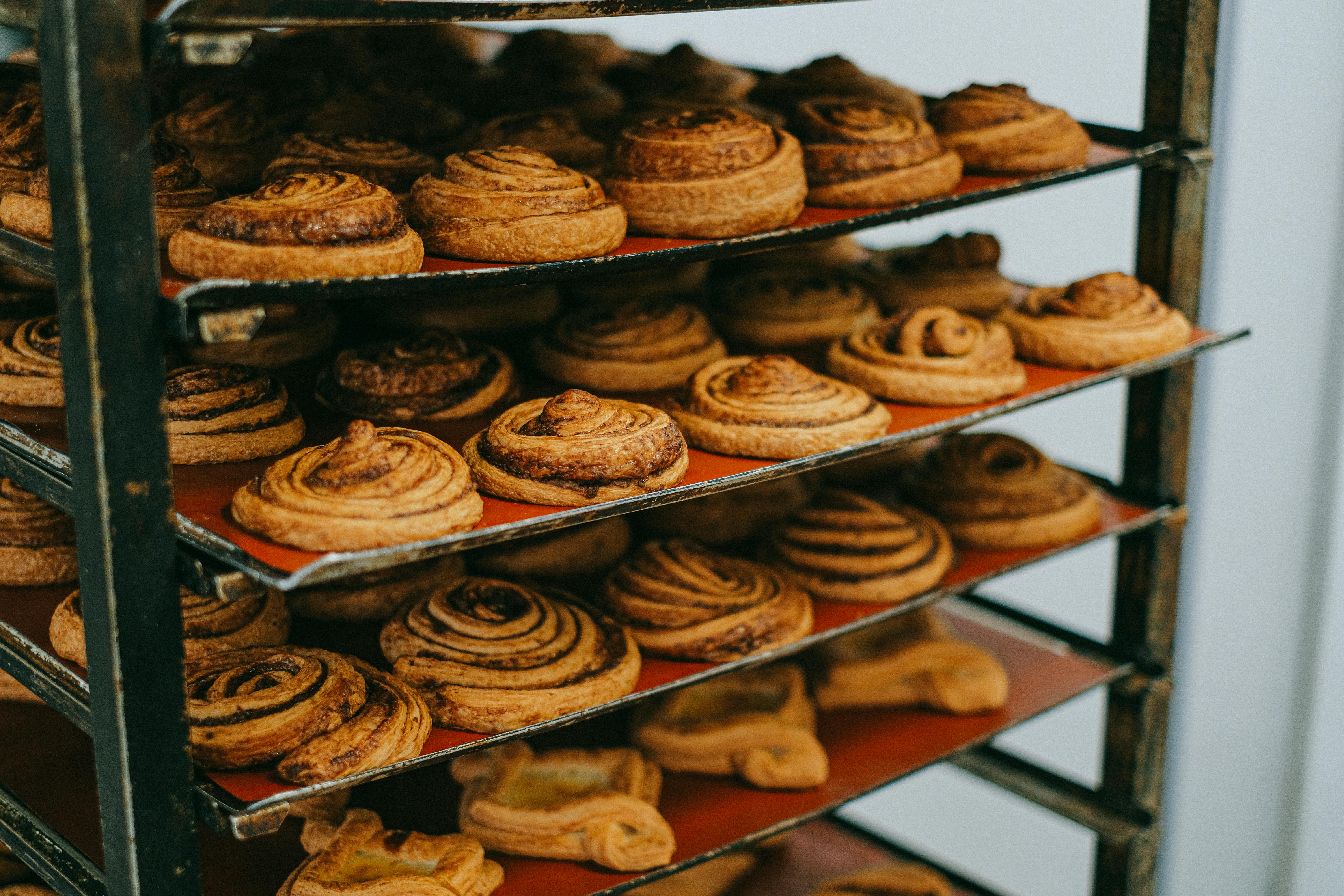Every time I go to a new city, the spirit of adventure and discovery increases my energy level and by 6:10 am I was already awake. I read my guidebook for a while and then fell asleep again, only to be woken up by a huge thunderstorm that drenched the city in a downpour. So I got up and enjoyed a leisurely breakfast and by around 9:30 things had calmed down again, just in time for my explorations of the city. Last night’s Old Montreal Ghost Tour had already given me a general idea of old downtown Montreal and introduced me to some interesting characters.
Five minutes from my hotel is the Place d’Armes, one of the most famous squares in Montreal. The old part of the city was still quiet and I enjoyed a leisurely walk through the cobbled streets. I made my way to one of Montreal’s Tourist Information Offices, located just off the southwest corner of Rue Notre Dame and Place Jacques Cartier to stock up on maps and ask the helpful staff a few questions.
Old Montreal in the morning has such a European feel to it, with the little cafes that have just opened up and the local residents getting ready to walk to work. The calm and relaxed atmosphere is quite a contrast to the usual frantic hustle and bustle we are so used to in our North American metropolitan cities.
After a relaxing walk that allowed me to admire the architecture and the narrow streets and alleyways, I returned to the Place d’Armes, where my Old Montreal walking tour, led by licensed Guidatour tour guides, would begin at 11:00 AM. A.M. The meeting place was right outside Notre-Dame Cathedral and our two tour guides were already waiting. Louis would take care of our English-speaking group, while the French-speaking group would be led by another guide, Bruno.
Eleven of us tourists gathered around Louis and in his lovely French-accented but perfect English, he began to educate us on the history and architecture of Old Montreal, adding a dose of subtle humor. Naturally, our tour began with the Notre Dame Basilica, probably the most visited building in Montreal. Louis took us inside the basilica and we discovered that the C$15 admission ticket for the walking tour actually covers the $4 the basilica charges for admission.
Notre Dame Basilica is a magnificent Gothic Revival church, ironically designed by Irish-American Protestant architect James O’Donnell, who also designed churches in New York City, and built between 1824 and 1829. In addition to an impressive Gothic Revival exterior, Notre Dame Dame features a spectacular interior, with a deep blue ceiling decorated with gold stars. It is one of the most unusual churches I have seen and its visual impact is impressive.
Louis explained to us that for around CAD 2,000 you can get married in this church, but obviously there is a waiting list of at least two years. Celebrities like Quebecois singer Celine Dion and hockey great Mario Lemieux got married here. Notre-Dame Basilica was also the site of the funeral of former Prime Minister Pierre Elliot Trudeau, Canada’s best-known prime minister. Louis then led us through the side chapel to the wedding chapel, officially called “La Chapelle Notre-Dame du Sacré-Coeur”, which was unfortunately badly damaged in a fire in 1978. Much of the woodwork has been rebuilt. in a more modern style. , but the chapel is still an impressive space.
After our first introduction to Montreal architecture, we walk just a few steps west on Rue Notre-Dame and take a look at Montreal’s oldest building: the Old Seminary or “Vieux Séminaire Saint-Sulpice.” Built in 1683 by the Sulpician priests, this building used to be a manor house from which the priests managed their vast estates. During the early years of Montreal’s history, the city’s citizens were exposed to frequent attacks by the Iroquois, and the Old Seminary represented a refuge in a place that was still largely deserted. The distinctive public clock was installed in 1701 and is among the oldest timekeepers in all of North America.
We then stopped to admire the Place d’Armes, right in front of the Basilica, so called because it used to be a place for military maneuvers as well as religious processions. Place d’Armes is a veritable collection of architectural history. The New York Insurance Building, dating from 1888, was the first building to install the newly invented elevator, making it the tallest building in all of Montreal at the time. The Place d’Armes Hotel just to the north, originally five stories tall, actually had three stories added once the building was remodeled with an elevator.
The Aldred Building is a fine example of Art Deco skyscraper architecture and for many years was the tallest building in Montreal. Louis quite appropriately referred to the tiered skyscraper design as the wedding cake style of architecture. The center of the Place d’Armes is watched over by a statue of Paul de Chomedey, Sieur de Maissoneuve, who founded Montreal in 1642.
The north end of the Place d’Armes is home to another architectural marvel: the Bank of Montreal building. Founded in 1817 as the first bank in Canada, the Bank of Montreal decided to build an impressive headquarters in 1847, creating a neoclassical exterior inspired by the Roman Pantheon. The interior was completely redesigned between 1904 and 1905 by the famous New York architectural firm McKim, Mead and White with a magnificent bank room inspired by a Roman basilica.
Heading west on St. James Street (or rue St-Jacques), Louis explained that this used to be the business center of Canada during the 19th century. Many Canadian banks were headquartered here until they moved to downtown Montreal or later to Toronto. Railway and shipping companies also had their headquarters here, many of them founded by immigrants from Scotland.
The architectural mix on rue St-Jacques is impressive and Louis pointed to an example that has recently been renovated and reincarnated as the extremely exclusive St. James Hotel. This modern boutique hotel offers a penthouse suite that can be rented for around $5,000 a night (off-season) and is a favorite hangout for celebrities. To mention just one example, Madonna stayed at the St. James recently in late June during her concert in Montreal.
Another truly impressive architectural gem appeared – the former headquarters of the Royal Bank, the construction of which began in 1928 according to the designs of the famous New York skyscrapers York and Sawyer. For a long time this building was the largest in the British Empire. The design is influenced by a Florentine palace and the impressive high ceilings of the Great Hall feature the coats of arms of eight of Canada’s ten provinces.
Unfortunately, photography is not allowed in the Bank of Montreal or Royal Bank buildings, but they are amazing examples of architectural styles from different eras. Louis then took us through the narrow streets of Old Montreal towards the city’s waterfront and the birthplace of the city. As a major port city and shipping center, many of the buildings in Old Montreal were warehouse buildings with large windows to let in plenty of natural light. This was to reduce the risk of fire that would have been caused by artificial lighting at the time, putting the valuable cargo these buildings stored at risk.
I continued to ask Louis numerous questions about Montreal’s architecture and social history. His knowledge of architecture was impressive, and to compare architectural styles, he would refer to many other well-known buildings in other cities such as New York, Toronto, Boston, and Chicago. He mentioned that many historic buildings were demolished in Montreal during the 1960s like so many other North American cities, but luckily the architectural preservation movement gained traction and today all of Old Montreal is protected.
Old Montreal languished for several decades as most of the action had moved downtown, but in the last forty years Old Montreal has experienced a renaissance beginning with the major international event of Expo 67. Today, many of these former warehouse buildings have been converted into luxury condominiums, and Louis informed me that even a small studio apartment will probably command a price of at least half a million dollars. Old Montreal has made a successful transition from a former business district to a vibrant residential, entertainment and tourism area.
Close to the seafront we come to the Place d’Youville, an elongated public space that stands on the old bed of the Rivière Saint-Pierre that was canalized in the 1830s and eventually completely covered over and dried up. The Montreal History Center is a former fire station and a rare example of Flemish architecture in Quebec.
A short walk to the east is the Montreal Museum of Archeology and History in Pointe-à-Callière. It’s very rare to know exactly where a city was founded, but Montrealers know exactly where their city was born: on a narrow strip of land between the St. Lawrence River and the Saint-Pierre River. Right there the first settlers built Fort Ville-Marie, using earth and wooden poles. In fact, on May 17, 1642, Father Vimont celebrated a mass to celebrate the founding of Montreal, which was attended by Sieur de Maisonneuve, Jeanne Mance, and some of the other founding colonists.
Today, the museum consists of six buildings and introduces visitors to the history of the city in the most innovative ways. There’s even an archaeological dig here, unearthing more knowledge about the city’s history. Pointe-à-Callière also hosts several festivals, including a multicultural festival and a historic market weekend.
Our route then took us back to Notre Dame Street. The Old Courthouse, built between 1849 and 1856, is a fine example of Canadian Neoclassicism. Today the building houses the Quebec Court of Appeal. Across the street is the Ernst Cormier Building, opened in 1926 and named for the famed architect who also designed the main pavilion for the University of Montreal, as well as the gates to the United Nations headquarters in New York City. York.
Our tour of Old Montreal came to a close at Place Jacques-Cartier, the grandest and gently sloping public space in Old Montreal. Numerous restaurants with outdoor terraces line both sides of the square, and the center has a variety of wooden stalls selling flowers, art, and souvenirs. The north end of the square is dominated by a statue of Admiral Horatio Nelson, which curiously faces away from the Montreal docklands. The statue is a testament to the power of merchants of British descent who wished to commemorate the British defeat of the French and Spanish fleet at the Battle of Trafalgar.
The northeast end of Place Jacques Cartier is the location of the Montreal City Hall, built in the Second Empire style and inaugurated in 1878. A fire destroyed the roof and interior of the building in 1922 and the roof was rebuilt in 1926 along the lines of the city hall of Tours, France. Today, the Montreal City Hall still stands in this historic building.
Place Jacques-Cartier was a fitting place to end our tour of Old Montreal and Louis was profusely thanked by everyone in the crowd for sharing his insight and local knowledge. By then it was almost 1 pm and my stomach was telling me what time it was: lunch at Cafe du Chateau.


